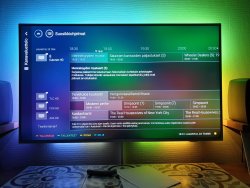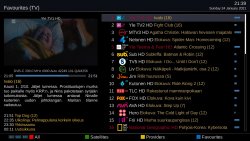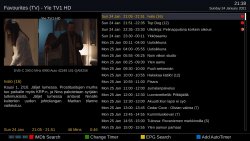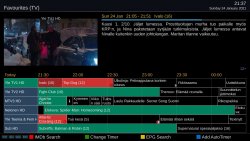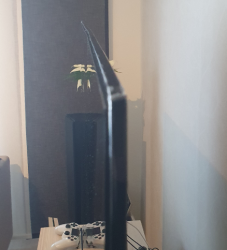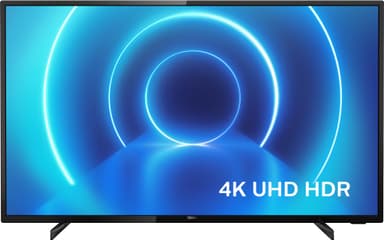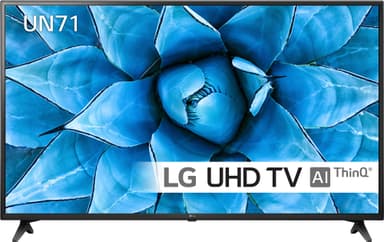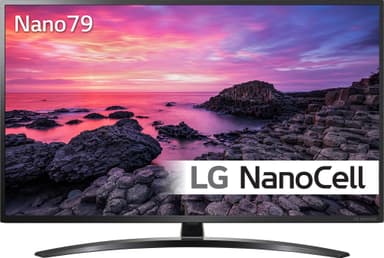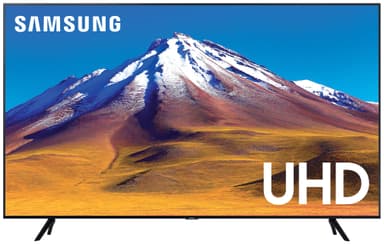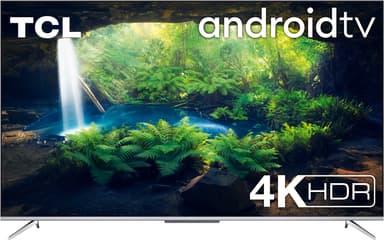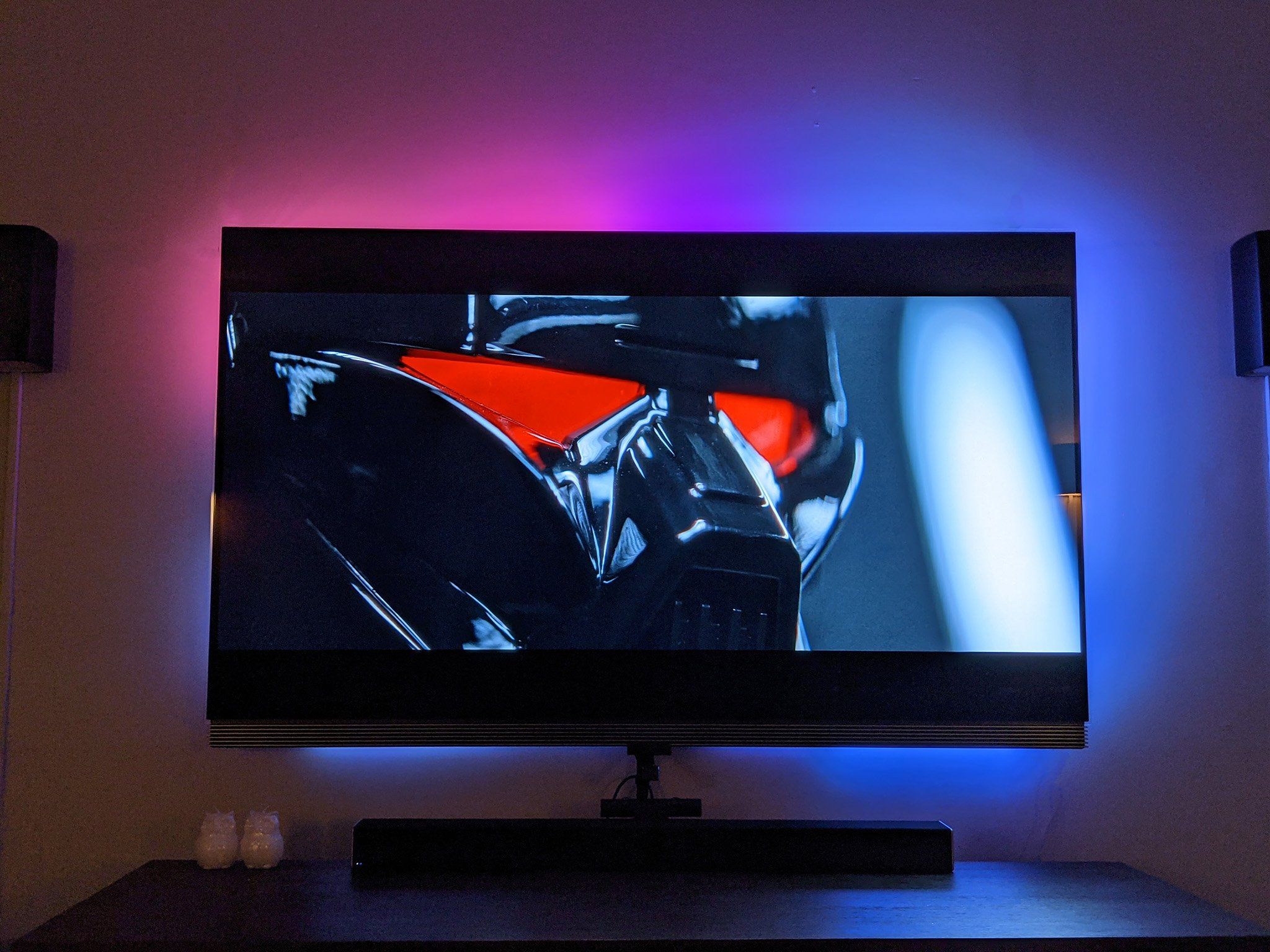Minkälaisia kokemuksia teillä on webOS:n ja Twitch Appin käytöstä?
Hakusassa olisi itsellä 65" telkkari pääasiassa Youtube / Twitch streamien katsomiseen ja natiivi tuki Twitch TV:lle olisi tärkeää, ei jaksa säätää tikkujen kanssa.
Näillä näkymin ostoslistalla on Philipsin 65PUS943 jossa Android (1199€), mutta myös LG:n OLED65BX (1499€) mahtuisi budjettiin, jos vain Appi on webOS:n puolella käytettävä.
WebOS oma twitch appi on aika surkea, mutta tuossa on tuo epävirallinen backseat gamer appi, joka näyttää twitchiä moitteettomalla laadulla. Itse käytän tosiaan tuota backseattia mielummin.

